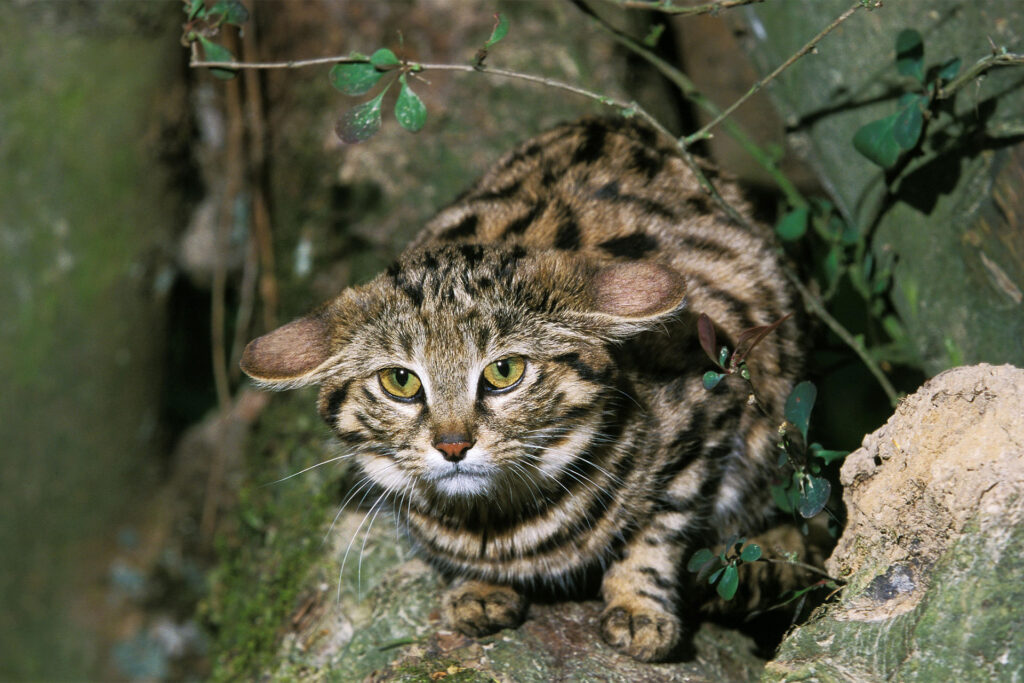A recent discovery by scientists shows that a small but deadly species of cat, at an alarming rate endogeneity or kinship. According to scientists, inbreeding, which means the mating of two genetically closely related parents, puts the feline at risk of contracting a rare and fatal disease.
Pasiah cats are the smallest feline species in Africa, only 20 cm tall and weighing one to three kilograms. Adapted to a nocturnal life in the desert, they have large eyes and ears and are the deadliest cats on earth in terms of kill rate.
Due to increasing habitat destruction as well as persecution by farmers mistaking them for jackals, small cats are at high risk of extinction. These animals are listed as a vulnerable species in the red list of the International Union for the Protection of Endangered Species.
A new study published on January 2 in the journal PNAS was published, showing that now the Pasiah cats are probably suffering from genetic isolation and inbreeding. The researchers sequenced the genomes of 10 Pasiah cats and combined them with previous public genomic data.
The researchers’ analyzes revealed markers of endogenous events that may have increased as a result of habitat fragmentation. Projects such as roads and farms can disrupt the animals’ natural habitat and separate communities with potential mating partners.
Inbreeding in feral cats increases the risk of developing amyloidosis
Scientists have linked high levels of endogeneity with an increased likelihood of developing amyloidosis. Amyloidosis is a rare disease that causes the death of about 70% of the captive cat population. This disease leads to the accumulation of protein in the organs and may eventually lead to the death of the organism. Nadine Lamberskychief conservation officer at the San Diego Zoo, says he has seen many die when he studies tabby cats in captivity.
According to Lamberski, the inflammation created in the body, in addition to kidney failure, also causes inflammation of the auditory canals of cats. The bony structure of the inner ears of cats, occupying 25% of the volume of the skull, makes them highly sensitive to such inflammation. The researchers continued to investigate the types of genes that were previously associated with the development of amyloidosis in Persian cats. They identified two types of potentially harmful genes that cause the gene to lose or change its normal function.



